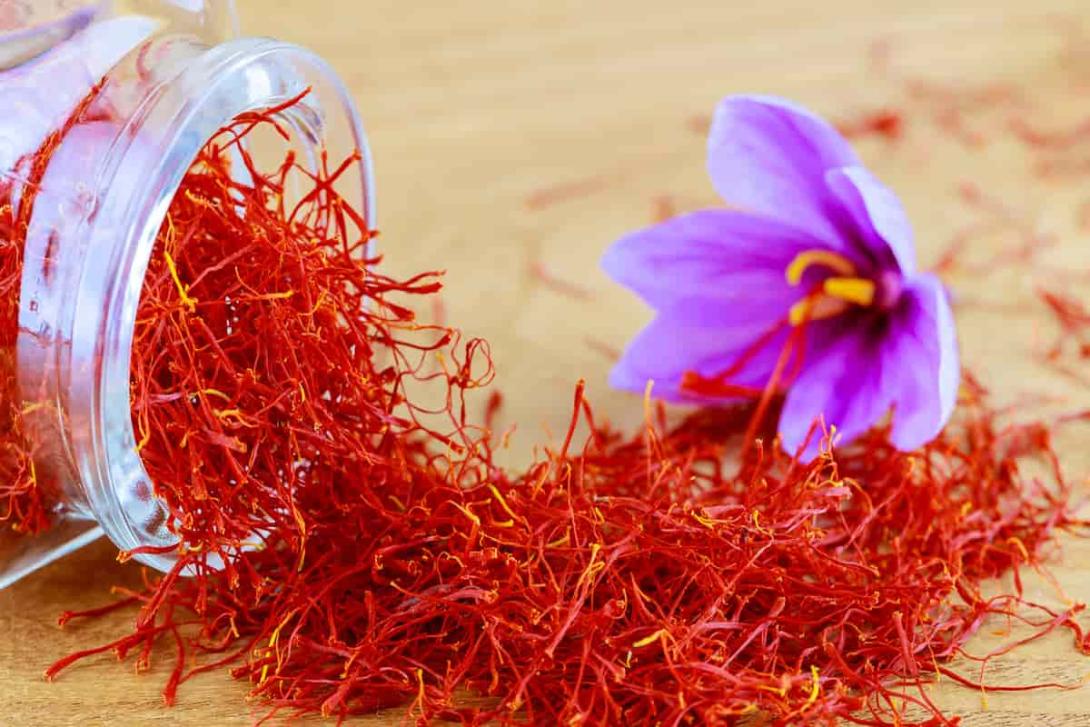
Iranian saffron has long been deemed one of the most expensive spices in the world, and its high price can be attributed to several factors. Firstly, the cultivation of saffron requires particular weather and soil conditions that are only found in certain regions of Iran. This limited geographic range significantly restricts the overall production capacity, making it difficult to meet the global demand for this luxurious spice. Additionally, the process of harvesting saffron is arduous and labor-intensive, as each flower must be carefully handpicked to obtain the precious saffron threads. Lastly, the traditional methods employed in the drying and processing of saffron are time-consuming, further adding to its high cost.
One reason for the costly nature of Iranian saffron is the exclusivity of its cultivation. Ideal growing conditions for saffron include specific temperatures and well-drained soil with specific mineral content. These conditions are met in only a few regions of Iran, such as Khorasan, Razavi, and southern parts of the country. The limited availability of land with these specialized conditions inevitably restricts the amount of saffron that can be produced. Consequently, the supply remains low compared to the demand, driving up the price of Iranian saffron.
Furthermore, the painstaking process involved in harvesting saffron contributes to its high price. To obtain the precious saffron threads, each individual flower must be handpicked early in the morning, right before the sun rises. This process is crucial for ensuring the quality of the saffron, as allowing the flowers to bloom fully reduces the potency of the spice. The intricate harvesting method coupled with the requirement for large amounts of saffron flowers to produce a relatively small quantity of saffron strands makes it a labor-intensive and time-consuming process, further accentuating its scarcity and elevated price.
Lastly, the traditional methods of drying and processing saffron in Iran add to its high cost. After harvesting, the saffron threads are meticulously separated from the flowers and dried naturally. This traditional drying method is time-demanding, as the threads must be spread out on trays or paper in a well-aerated environment to ensure their proper drying without any damage or change in flavor. This process can take up to several weeks, and even slight mistakes during the drying process can impact the final quality of saffron. The emphasis on maintaining saffron's unique aroma, color, and flavor through traditional drying techniques rather than resorting to faster, mass production methods adds to the overall expense of Iranian saffron.
In conclusion, the high price of Iranian saffron can be attributed to a combination of factors, including limited cultivation regions, labor-intensive harvesting methods, and traditional drying techniques. The geographical constraints, coupled with the intricate process involved, result in restricted supply and high production costs, ultimately leading to the luxury status and exclusivity of Iranian saffron. Its captivating flavor, vibrant color, and renowned quality make it worth the investment for those seeking the finest and most authentic saffron experience.
- Log in to post comments